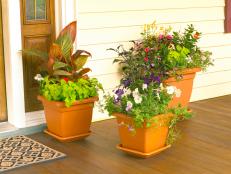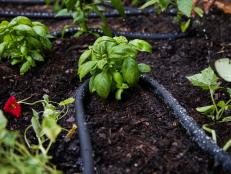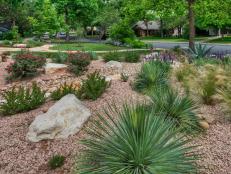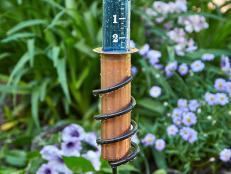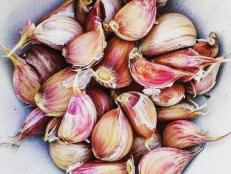Garden Mazes Create a Sense of Wonder

Image courtesy of Suzman Design Associates

Mazes and labyrinths have been prominent components of European gardens and estates for centuries but they are now gaining popularity in the U.S. Either form brings something magical and compelling to a landscape design but there is a distinct difference between the two.
A maze is a puzzle with a choice of pathways and dead-ends designed to confuse and challenge the explorer. Garden mazes are usually created with tall hedges that you cannot see over or see through, making it difficult to navigate your way from the entrance to the exit. One of the most famous examples of this is the maze at Hampton Court Palace in England.
A labyrinth, on the other hand, is designed with a single, non-branching path which leads to the center. Architect Stephen Suzman, who has designed several labyrinths for clients, states that "a labyrinth is basically a pattern on the ground that is low and could be made up of something as simple as two different types of stone or grass and stone or very low hedges."
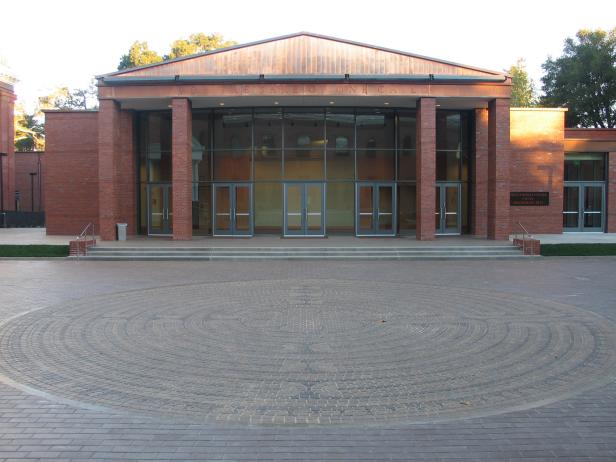
Image courtesy of Suzman Design Associates
While mazes test your deductive reasoning, labyrinths serve a different purpose. "Labyrinths were designed to concentrate the mind," Suzman says, and are "more of a progression to a center, sort of like a walking meditation. There are labyrinths in places like Chartres where they have religious and meditative functions." An American example would be the Labyrinths of Grace Cathedral in San Francisco, which are open to the public as a place to reflect, pray or meditate.
Of the two forms, labyrinths offer more options on what materials you use to create them. Gravel, sand, rocks, tiles, bricks, pavers and low-growing vegetation are some of the many choices available. A traditional garden maze, however, requires hedges or shrubbery that can grow to heights of 6 feet or more and would require much more maintenance. Among the more popular and hardy plants used by maze designers are yew, boxwood and yaupon holly. Suzman adds, "You could use beech or hornbeam. It would be deciduous in mazes but they could certainly be very effective." Clumping bamboo is another alternative.
More Garden Mazes
See All PhotosIn recent years, corn mazes have become increasingly popular in farming areas and there are several commercial operations that transform their cornfields into elaborate mazes every year with specific themes. Larry Davis of Davis Family Farm Adventures in Sterling, Massachusetts uses world famous maze designer Adrian Fisher to design their seasonal corn maze with themes like the board game Clue. An aerial view of the maze reveals a giant question mark in the center of a network of intricate puzzles, dead-ends and observation bridges placed strategically throughout the exhibition.
One striking aspect of the Davis Mega Maze is that it isn't completely created out of corn stalks and is supplemented by sorghum-sudangrass. "It grows very tall and gives a jungle effect to the maze," Davis said. "It makes the pathways look super lush. You really can't see through them well at all." The Davis Mega Maze also offers a flashlight experience that challenges visitors to navigate the twists and turns of their eight-acre corn sculpture under the night sky.
For more information about mazes and labyrinths, check out Mazes and Labyrinths of the World by Janet Bord (E.P. Dutton & Co., 1976) and Mazes and Labyrinths by W.H. Mathews (Longman, Green and Co., 1922). The Labyrinth Society is also a good internet resource.










